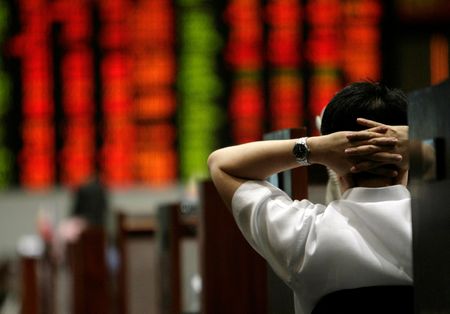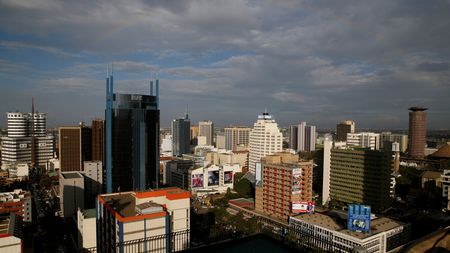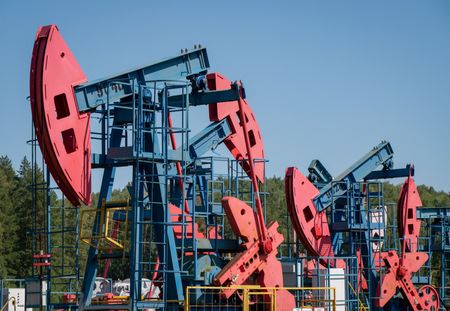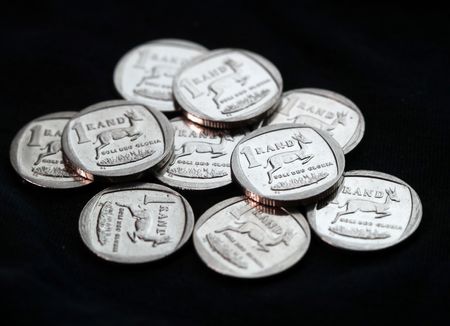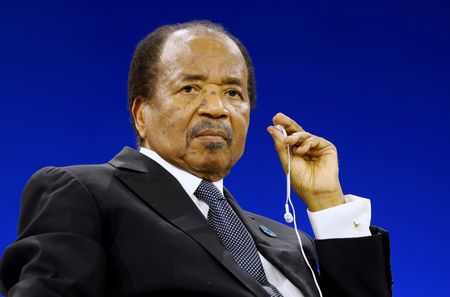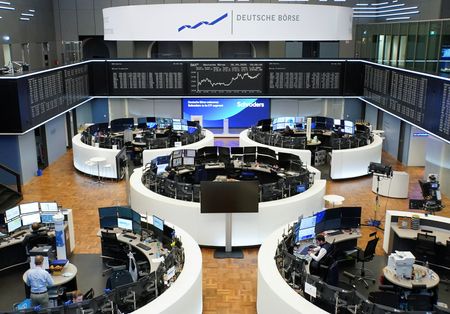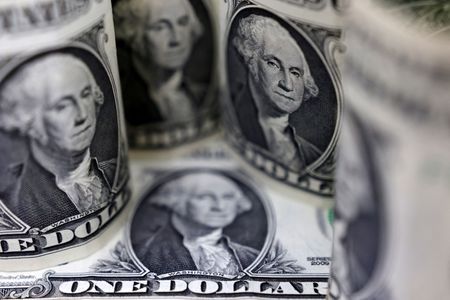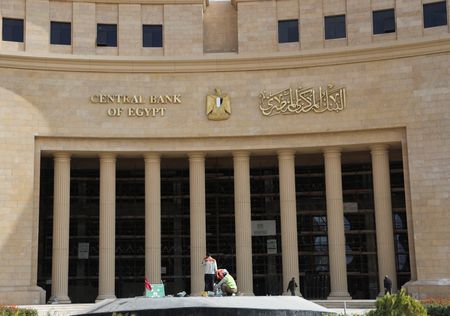By Ankur Banerjee
SINGAPORE (Reuters) -Asian stocks were set for solid weekly gains on Friday as rising odds of the Federal Reserve cutting rates in the near-term helped cushion jitters around a U.S. government shutdown that have pushed gold to record highs and weighed on the dollar.
Investors have mostly shrugged off the shutdown, the 15th since 1981, even as it resulted in the suspension of scientific research, financial oversight and delayed crucial economic data, including the jobs report on Friday.
The lack of market reaction is partly because historically shutdowns have had limited impact on economic growth and market performance.
MSCI’s index of Asia-Pacific shares was up 0.3%, hitting a record high for second straight session. The index was set for a 2.3% gain for the week and has risen about 23% so far this year. With China and parts of Asia closed for a long holiday, volumes are likely to be thin in the region.
European futures pointed to a higher open ahead of a flurry of manufacturing data from across the region. The pan-European STOXX 600 closed at a record high on Wednesday.
Weiheng Chen, global investment strategist at J.P. Morgan Private Bank, said investors appear willing to give Washington time to resolve its disagreements, though a prolonged shutdown may start to move markets.
“For now, investors remain more focused on the potential impacts of the Fed’s rate-cutting cycle, trade and immigration policy, economic data, and corporate earnings,” Chen said.
Japan’s Nikkei jumped 1.5%, not far from the record high it touched last month ahead of the crucial weekend vote that will determine the next prime minister and set the tone for fiscal and monetary policy outlook. [.T]
Asian markets were taking cues from Wall Street, where all three major indexes closed at record highs buoyed by technology stocks as investor enthusiasm for all things AI remains unchallenged. Taiwan’s benchmark index also hit a record high and was last up over 1%.[EMRG/FRX]
NO OFFICIAL DATA
With no government reports on the labour market to take cues from, investors have turned to alternative data from public and private sources and so far they point to a sluggish U.S. labour market.
Blerina Uruci, chief U.S. economist at T. Rowe Price, said the potential delay of critical economic data is a problem for a data-dependent Fed, leaving the central bank reliant on less comprehensive indicators like ADP and jobless claims.
Still, markets are becoming more confident of the Fed sticking to its rate cutting path and are almost fully pricing in a 25 basis point rate cut in October. Traders are pricing in 114 bps of easing by the end of 2026.
That has left the U.S. dollar under pressure. The dollar index, which measures the U.S. currency against six other units, was steady on the day but on course for a 0.35% weekly decline, the biggest drop since August.
The Japanese yen has been the biggest beneficiary of the dollar weakness this week and is set to register a 1.2% gain, its biggest weekly gain since mid-May.
It weakened 0.3% to 147.74 per U.S. dollar on Friday after comments from Bank of Japan Governor Kazuo Ueda left markets guessing on when the central bank will next hike interest rates.
In commodities, gold eased 0.3% $3,845.15 an ounce, but remained near the record high it touched on Thursday. The yellow metal is on course for an over 2% weekly gain, its seventh straight week of gains.
Gold, viewed as a safe-haven asset during times of uncertainty, thrives in a low-interest-rate environment. It has risen 47% so far this year.[GOL/]
“As the U.S. dollar’s status as the global reserve currency is tested, gold is emerging as the preeminent safe haven and we continue to view it as the ultimate diversifier,” said Greg Hirt, global CIO for multi asset at AllianzGI.
“We hold a long-term negative view on the U.S. dollar and we are positioning for further falls in the short term.”
Oil prices recovered slightly on the day but were on course for steepest weekly decline in over three months. Brent crude futures rose 0.6% to $64.51 a barrel. U.S. West Texas Intermediate crude climbed 0.6% to $60.85 a barrel.
(Reporting by Ankur Banerjee in Singapore; Editing by Sam Holmes)

